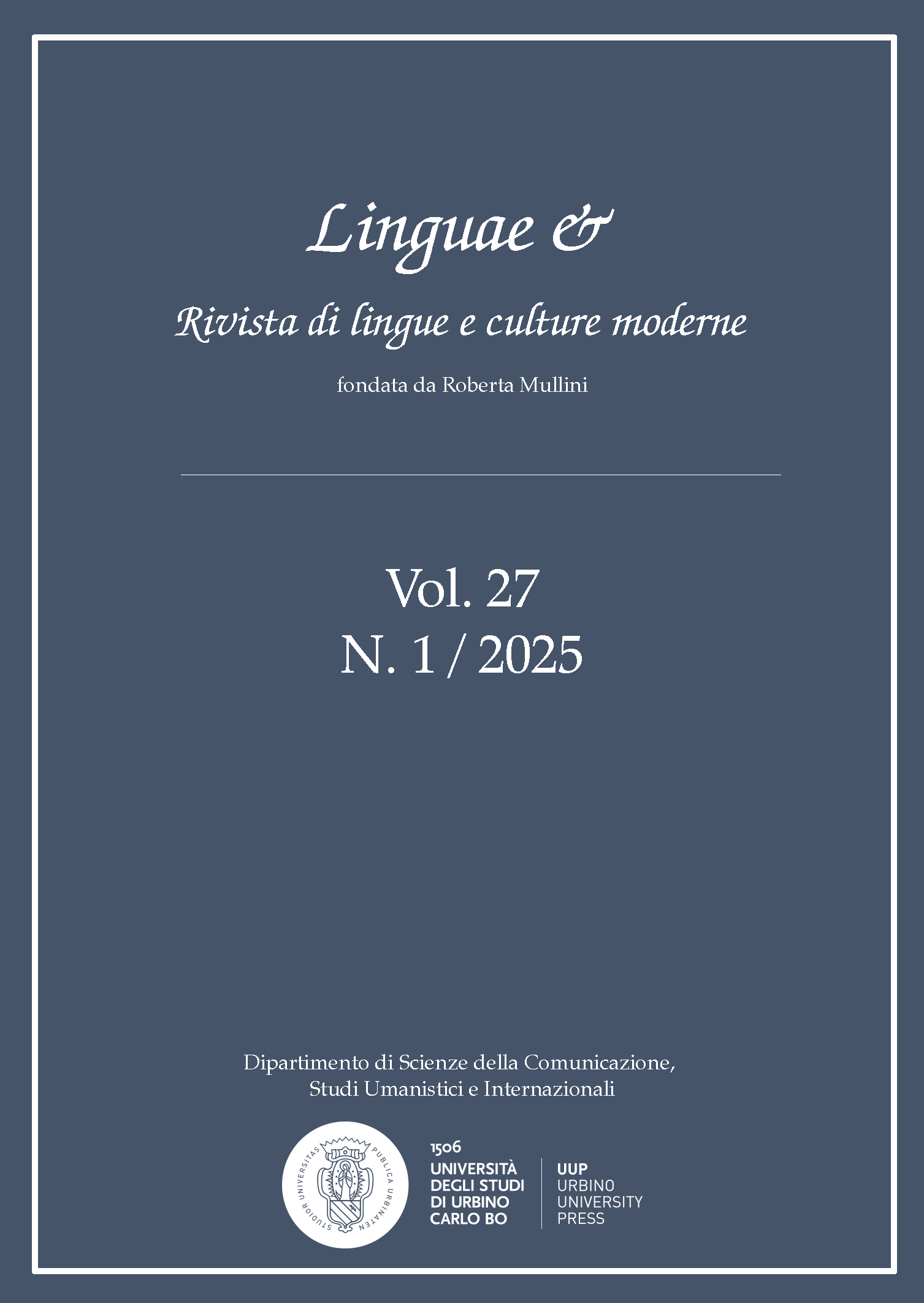Abstract
With the expansion of free education during the Mamluk period, the ‘ulamā’, literati and civilian bureaucrats developed a proud self-perception of their identity as a group, along with their role and their socio-cultural and spiritual status. As a result, they became increasingly intolerant of intrusion and interference from other classes, namely the common people (‘āmma/‘awāmm). In this context, this article aims to investigate some cultural, linguistic, literary, and behavioral parameters established by the members of the scholarly elite to classify individuals within this group. We will demonstrate that the standards of inclusion and exclusion were part of an identity construction process which was also shaped in opposition to the lower classes.

Questo lavoro è fornito con la licenza Creative Commons Attribuzione - Non commerciale - Non opere derivate 4.0 Internazionale.
Copyright (c) 2025 Nasser Ahmed Ismail Ahmed

